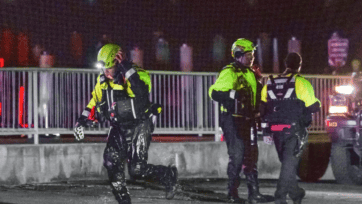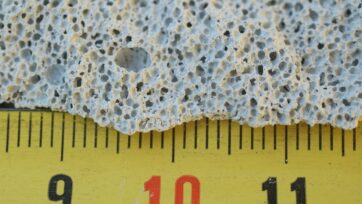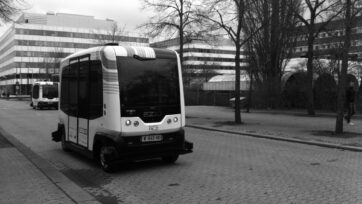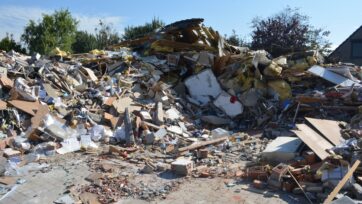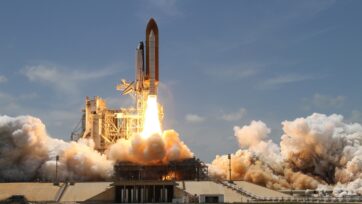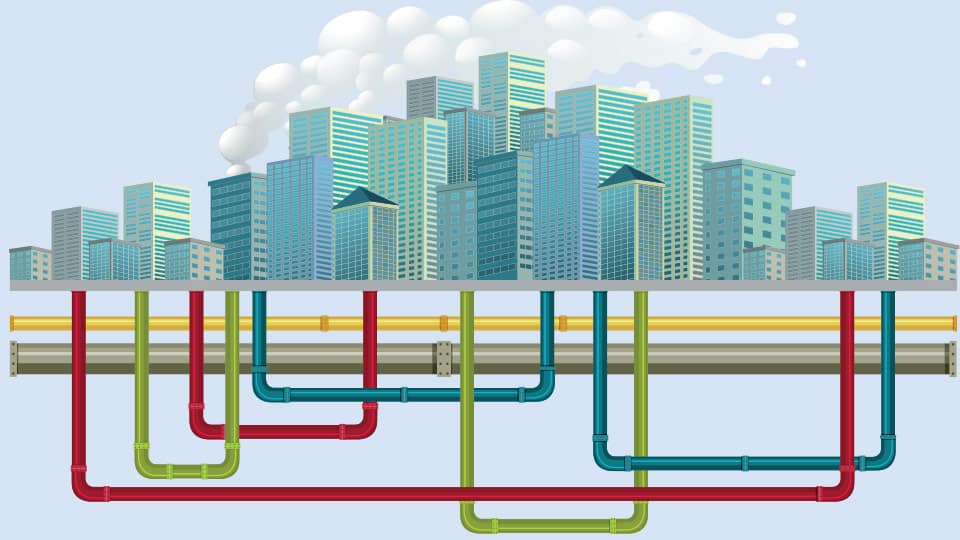
EPSRC Fellow and Lecturer in Civil Engineering Infrastructure, Dr Alister Smith, has been awarded the prestigious Leverhulme Prize together with £100,000 to continue developing underground monitoring systems that can ‘hear’ when the ground under building, transport or energy networks is starting to deteriorate. The prize is awarded to researchers who create internationally useful and renowned work, and whose careers are ‘exceptionally promising.’
Dr Smith is developing a technology of acoustic emission that can detect soil behaviour. His focus is to create something that is useful for engineering on a global scale.
Infrastructure deterioration
Infrastructure and buildings are designed to rest on or in soil. However, the soil’s strength changes over time and this can lead to underground structure becoming unstable and sometimes even collapses without any warning. This deterioration can have disastrous economic, environmental, and societal consequences.
Dr. Smith said, “Infrastructure is vital for economic growth and quality of life, with networks covering vast geographical areas to transport people and products, such as water, oil, and gas.”
Existing infrastructure is rapidly deteriorating due to increasing pressures from climate change and population growth. So, a system that can detect these deteriorating circumstances is extremely useful in improving the safety of civil engineering projects, buildings, transport and energy.
The sound of soil moving
When soil moves, it releases high-frequency energy that is inaudible when it is deformed. This is known as ‘acoustic emission’ (AE). Experts use AE systems and sensors to monitor the integrity of materials such as steel and concrete.
These systems are not widely used to monitor underground structures. Soil, unlike steel and concrete, deforms in unpredictable ways because it is made up of a vast amount of different sized particles.
Dr Smith is looking at how artificial intelligence (AI) can be used to overcome the challenges. The ultimate goal is to create a continuous real-time AE monitoring system placed in various places along with the infrastructure.
He envisages the systems being made up of sensors connected to infrastructure assets that are constantly ‘listening’ to it and the surrounding soil.
Dr Smith says, “If we can listen to geotechnical assets with intelligent sensors – analogous to a stethoscope being used to listen to a patient’s heartbeat – we will be able to provide information on the condition of infrastructure and early warning of deterioration in real-time.”
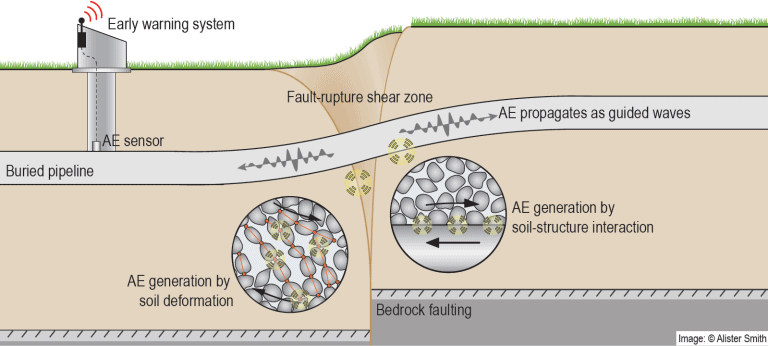 Illustration of the Listening to Infrastructure AI monitoring concept.
Illustration of the Listening to Infrastructure AI monitoring concept.
How can Systems Engineering help?
Systems Engineering enable teams to work together to define the project requirements, identify alternative designs, select the optimal solution, build the product and conduct appropriate tests.
As infrastructure projects become more complex, the number of requirements, stakeholders involved and the sophistication of the associated technology, so do the risks of project failure. The application of systems engineering can help ensure these projects are delivered on time and on budget, and that the necessary requirements are met.
More information on Dr Smith’s research and the Listening to Infrastructure programme can be found here.
















